A unique looking animal with the coolest "blue hair" in the animal world. Not only that, they also surprise scientists because they breathe through their genitals.
The rarest animal on the planet mentioned here is the Mary turtle, whose scientific name is Elusor macrurus. They live in the Mary River, Queensland, Australia. Their main food is aquatic plants, sometimes they eat seeds, fruits and insect larvae.

The rare Mary's turtle, with its unique green hair, is one of the world's most endangered reptiles.
The reason this turtle is unique is because of its very special appearance, or you can say it looks very "cool" thanks to a green algae growing on its head and body, which helps it hide from predators when living underwater. It also has two protrusions under its chin like two whiskers, which are the part that helps the green-haired turtle sense its surroundings.
At first glance, these turtles are very eye-catching with their green hair that has made many people excited when they were published in major newspapers. These are pictures of the Mary turtle. This turtle is named after the Mary River in Queensland, Australia. This is also the only place where people find this turtle species on earth.
The green tufts on Mary's head are not hair, but actually moss that has grown over time. Moss not only grows on the head of this large-nosed turtle, but also on the entire body, making Mary's turtle look very special.

The distinctive green tuft of hair on the turtle Mary's head.
Not only that, the Mary River turtle possesses an extremely strange feature: it can breathe through its genitals. A gill-like organ inside the cloaca (the organ used for excretion and mating in reptiles) allows the Mary River turtle to stay underwater for up to three days.
Because of her striking appearance and docile nature, Mary turtles have often been sought after by collectors. They were sought after as pets in the 1960s and 1970s.
At that time, the turtles with green hair were taken from the wild and sold in pet stores, pushing this turtle species to the brink of extinction. To date, it is estimated that there are only more than 100 of these turtles left in the world.
According to the EDGE website, these turtles may have lived alongside animals as far back as 40 million years ago. So, more than just a rare animal, Mary's turtle "represents an irreplaceable part of the world's natural heritage."
Another feature that makes the green-haired turtle unique is that it is different from other turtles in the world because it is the only surviving species of its genus. Scientists believe that the ancestors of the green-haired turtle diverged from all other living turtle lineages more than 18 million years ago, that is, several million years before the ancestors of humans and orangutans diverged.
Although they were bred extensively as pets in the 1960s and 1970s, they have since almost disappeared. The distribution of green-haired turtles in the wild was a mystery to scientists until they were found and officially recognized as a species in 1994.
With its rare appearance, the Mary turtle is currently ranked 29th on the Global Endangered Species List. Notably, the top of this year's list is the Madagascar big-headed turtle, which is being hunted for food and trade.
Truc Chi (t/h)
Source: https://giadinh.suckhoedoisong.vn/loai-vat-quy-hiem-bac-nhat-hanh-tinh-la-thay-tho-bang-mong-trong-3-ngay-172241010072606601.htm


![[Photo] Fall Fair 2025 and impressive records](https://vphoto.vietnam.vn/thumb/1200x675/vietnam/resource/IMAGE/2025/11/03/1762180761230_ndo_br_tk-hcmt-15-jpg.webp)


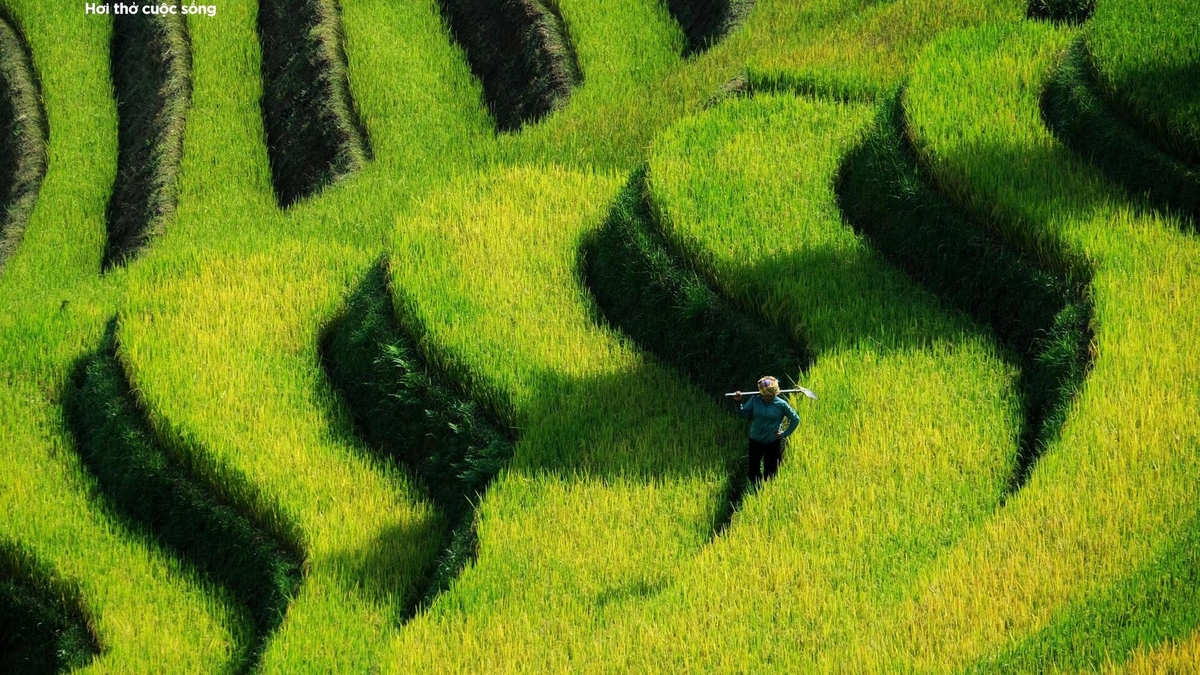
![[Photo] Prime Minister Pham Minh Chinh receives the Chairman of the Japan-Vietnam Friendship Association in the Kansai region](https://vphoto.vietnam.vn/thumb/1200x675/vietnam/resource/IMAGE/2025/11/03/1762176259003_ndo_br_dsc-9224-jpg.webp)
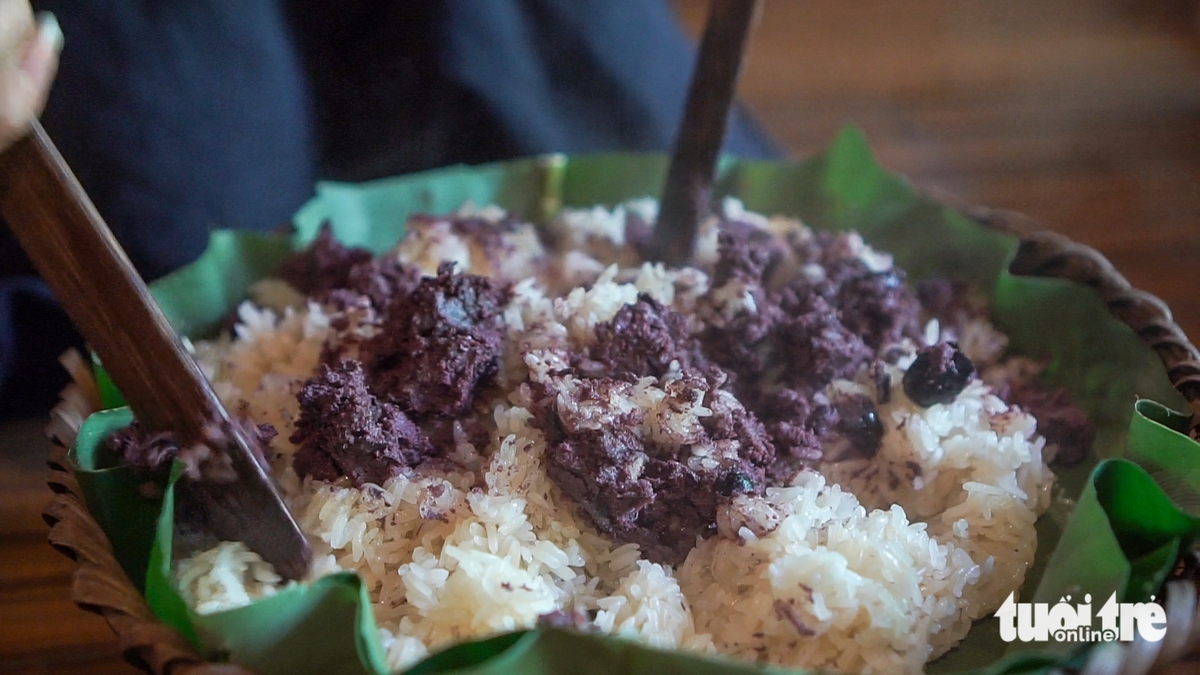




















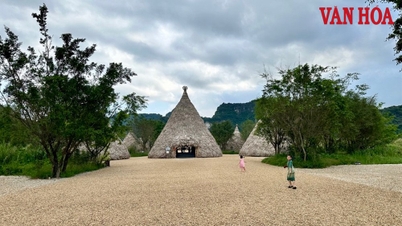



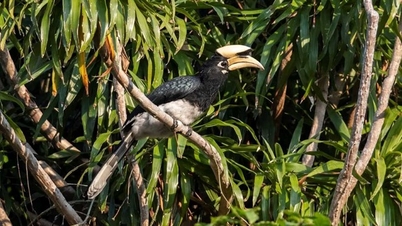























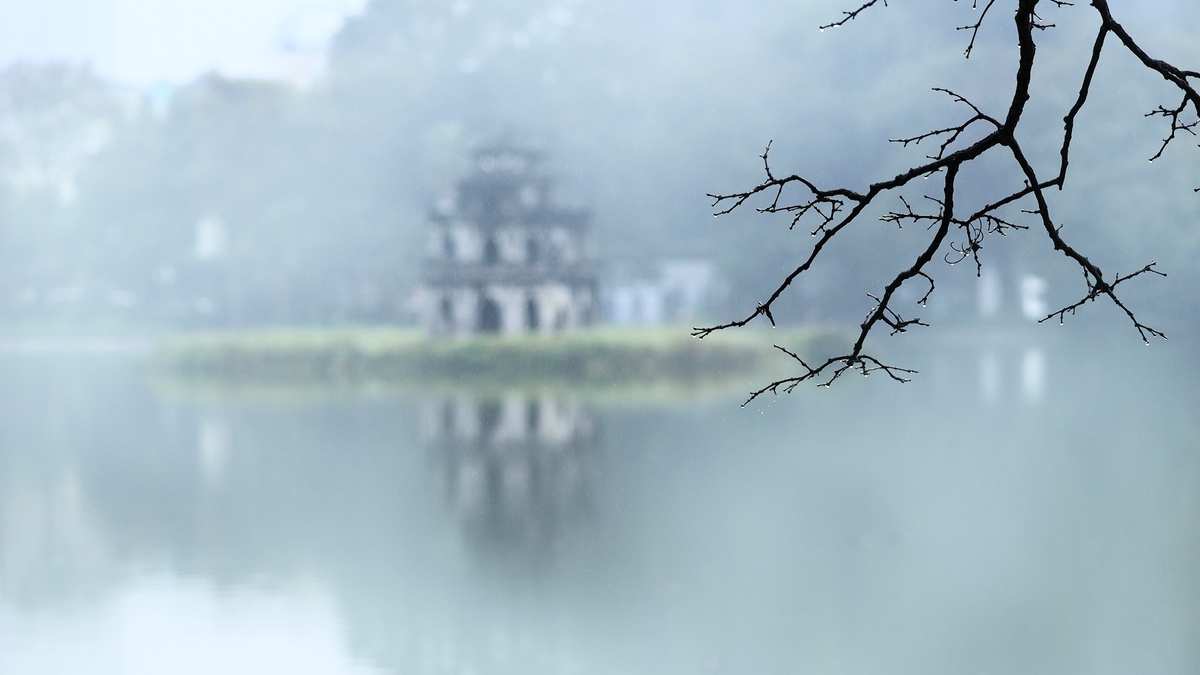
























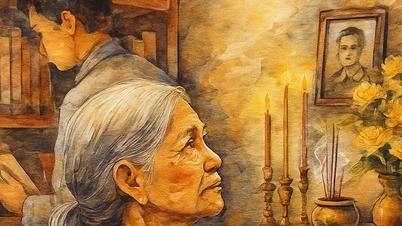





















Comment (0)